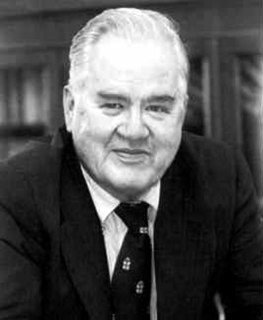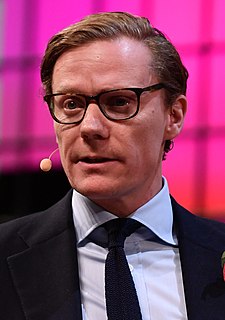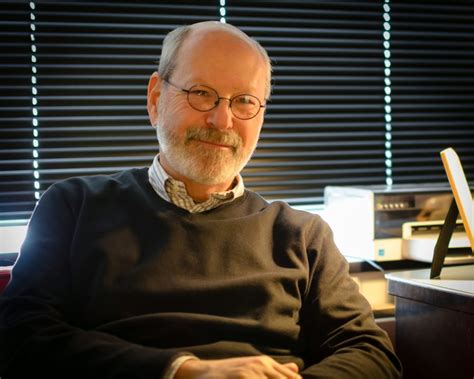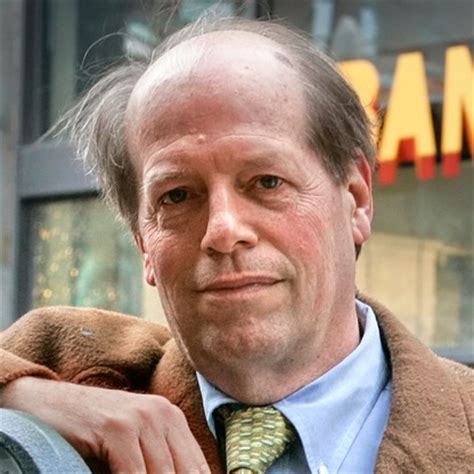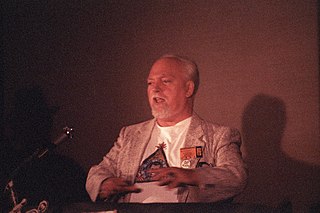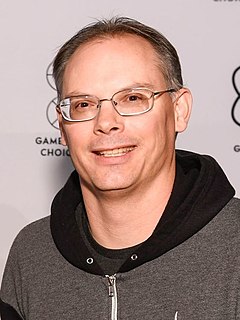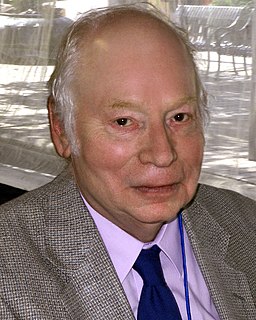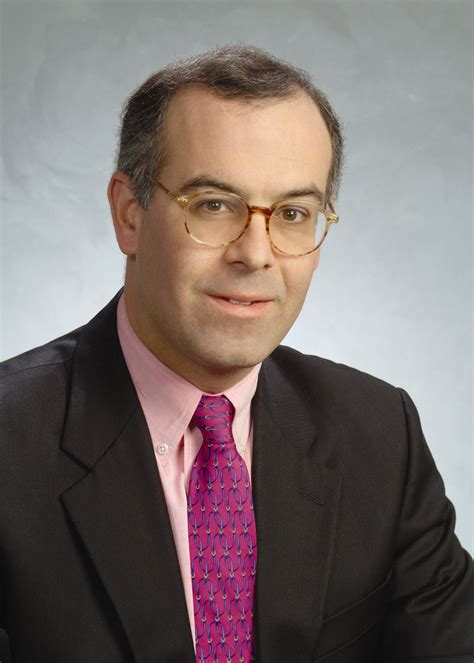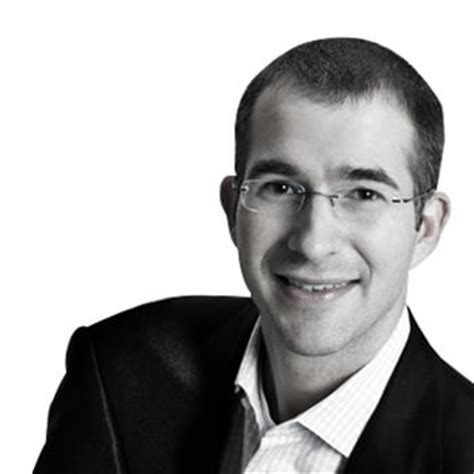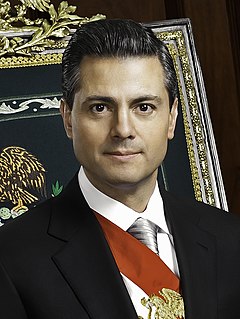A Quote by John Tukey
In a single sentence the moral is: admit that complexity always increases, first from the model you fit to the data, thence to the model you use to think about and plan about the experiment and its analysis, and thence to the true situation.
Related Quotes
I'm not an academic; I'm not an archaeologist. I'm a writer, communicating ideas to the public. There is a model of how the past is, and a lot of academic archaeology is about refining the model. It's not about changing the model radically. I'm not aware of any current which is about radically changing the model. It's just me, really.
Belief Systems contradict both science and ordinary "common sense." B.S. contradicts science, because it claims certitude and science can never achieve certitude: it can only say, "This model"- or theory, or interpretation of the data- "fits more of the facts known at this date than any rival model." We can never know if the model will fit the facts that might come to light in the next millennium or even in the next week.
For the third generation Unreal Engine, we are building two versions of every model in our game. We are building a source model with several million polygons, between 2 and 6 million polygons. We use that model for all the lighting detail on the mesh. Then we go to the in-game version, which is usually about 10,000 polygons.
How then did we come to the "standard model"? And how has it supplanted other theories, like the steady state model? It is a tribute to the essential objectivity of modern astrophysics that this consensus has been brought about, not by shifts in philosophical preference or by the influence of astrophysical mandarins, but by the pressure of empirical data.
